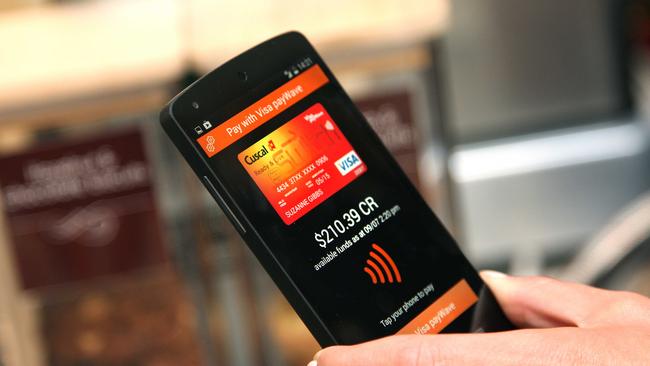CUA rolls out mobile wave and go
CUA has become the first Australian credit union to roll out mobile wave and go payments that use Cuscal’s host card emulation system.

CREDIT union CUA has become the first Australian financial institution to roll out wave and go payments with a mobile phone that makes use of Cuscal’s adaptation of Google’s new host card emulation system.
According to Australian transactional banking firm Cuscal, a host of other smaller Australian financial institutions: credit unions, mutual societies and smaller regional banks are interested in adopting the technology.
CUA customers wishing to make a purchase can now wave their Android smartphones at more than 100,000 contactless terminals nationwide to effect a payment.
To use the system, customers need an existing Visa account, have a later model Android phone with Near Field Communication (NFC) and Google’s Android 4.4 KitKat operating system installed.
A Cuscal spokesman said there was no plan to introduce the technology to Apple handsets as they did not use the host emulation system that Google has implemented.
With the HEC system, an Android app is able to emulate a payment card and verify the user in the cloud. The app bypasses the phone’s secure element and the need for a tag or sticker on the phone.
Cuscal sees the technology as offering a way for smaller financial institutions to compete with the big four banks, which have been rolling out their own banking apps with enhanced digital payment offerings.
A Cuscal spokesman said credit unions and mutual societies wouldn’t have to spend large amounts of money on research and development to compete with the big four in the digital banking space.
“Whilst many of our competitors are charging customers a separate fee for having ‘tap and go’ capability on their phone, we are providing this at no cost, as part of our ongoing better-value service offering.,” CUA chief executive Chris Whitehead said.
Following Google’s support for HCE in Android 4.4 KitKat, which was announced in October last year, Cuscal began developing the redi2PAY mobile payments application in house, with the aim of offering the solution to its financial institution clients.
The advent of HCE comes in the wake of the alternative hardware-based verification technology, the Secure Element.
In late 2011, some major US telecommunications companies including Verizon Wireless sought to circumvent Google’s payment system involving the Secure Element. Were that to occur, Google would not leverage commission from its Google Wallet payment system.


